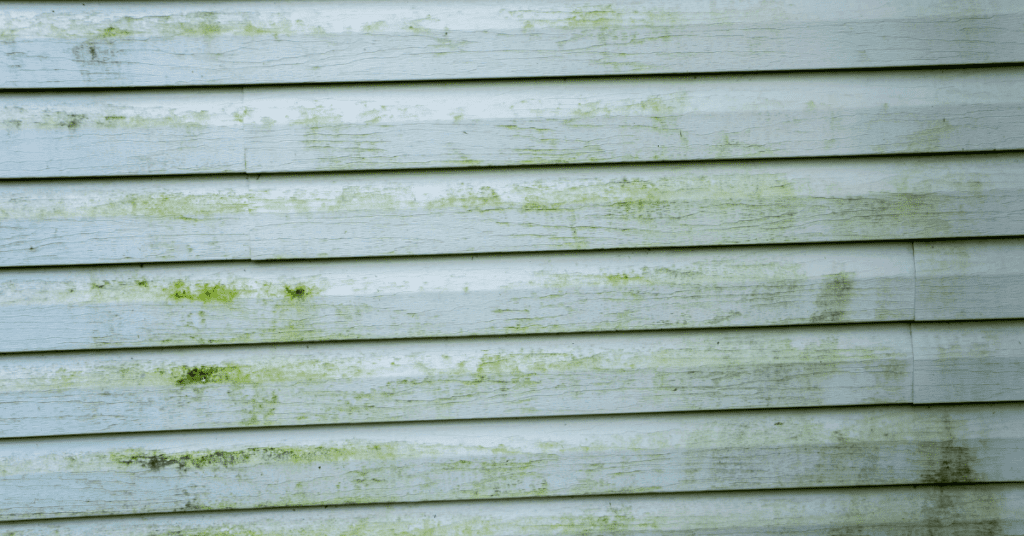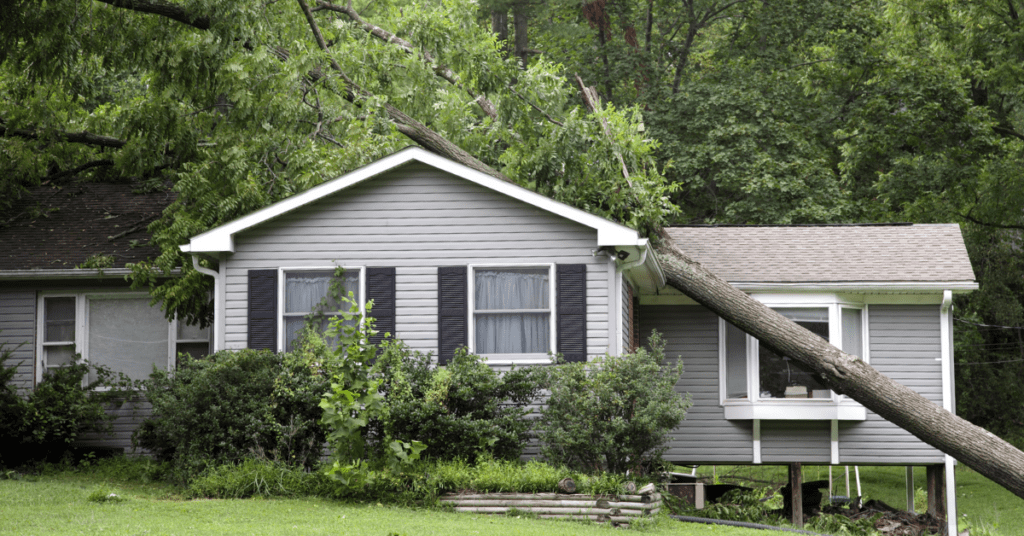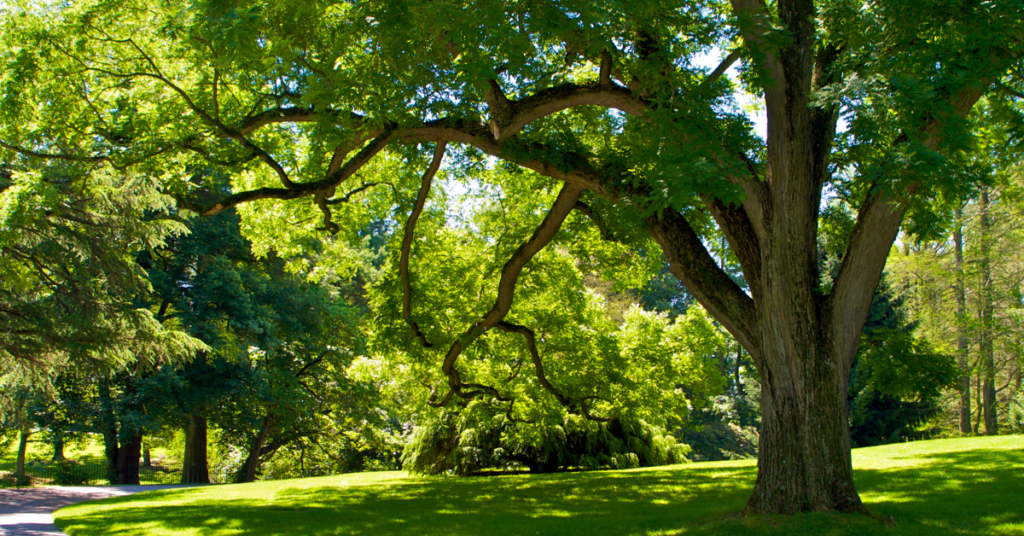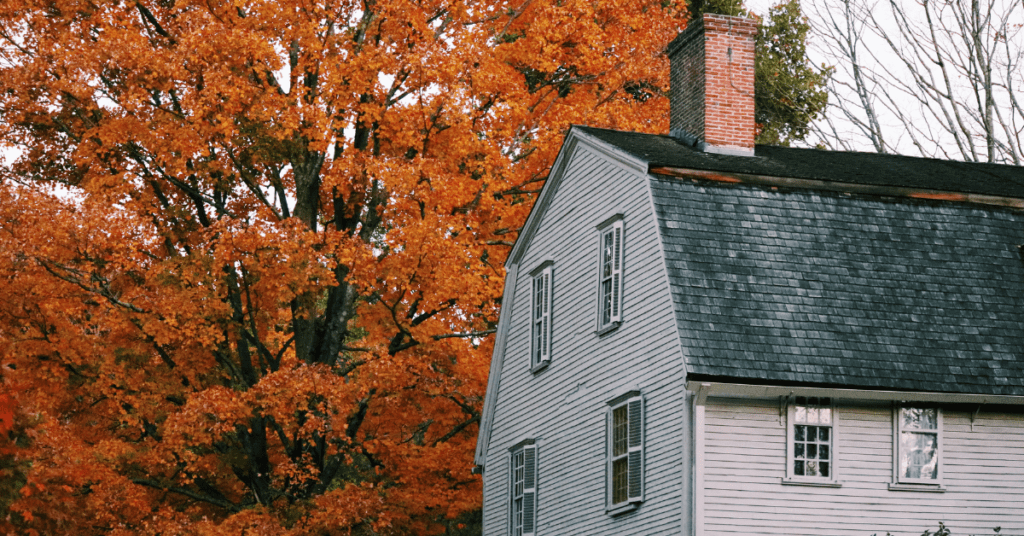As much as trees can add to the beauty of your home, particularly in Victoria, BC, where local species such as Garry oak and Douglas fir thrive, it is important to ensure they are planted at an appropriate distance from the house.
Trees that are planted too close to a house can pose a significant risk to the safety and structural integrity of the property. Here are some of the potential consequences of having a tree too close to your house.When maintaining your trees, it’s important to know the difference between trimming and pruning. Check out our article on What Is the Difference Between Tree Trimming and Pruning? to learn more.
The Risk of Tree Roots Growing Under Your Foundation
One of the most significant risks of having a tree too close to your house is the potential for its roots to grow under the foundation of the property. As the tree grows, its roots extend deeper into the ground, seeking moisture and nutrients. When the roots grow under the foundation, they can cause it to shift and become unstable, which can lead to cracks in the walls, floors, and ceilings of your home.
In addition to compromising the structural integrity of your home, tree roots can also cause damage to your plumbing and drainage systems. As the roots grow and expand, they can invade pipes and sewer lines, leading to clogs and backups.To learn more about the signs that indicate it might be time to remove a tree, check out our article on 6 Signs It Might Be Time To Remove Your Tree.
The Impact of Overhanging Branches on Your Roof and Gutters
Overhanging tree branches can also pose a threat to the safety and structural integrity of your home. When tree branches hang over your roof, they can scrape against shingles and tiles, causing damage to the roofing material. In addition, leaves and debris can accumulate on the roof and in the gutters, leading to clogs and water damage.
Harrison Thompson, professional pressure washer in Victoria, says homes with trees close to the walls stay damp longer, which grows algae on siding and overloads gutters. He recommends a gentle low-pressure rinse of the siding and a basic gutter clean each spring and fall, and notes that a small prune to let in more sun often keeps the staining from coming back.
In such situations, it is important to consult a professional roofer, like Vantage Roofing Ltd., who can assess the damage and provide expert advice on the best course of action. Regular roof maintenance and inspections can help detect and address any issues before they become severe, ensuring the longevity of your home’s roofing system in Victoria’s dynamic weather conditions.
Hardeep Gill, an experienced Coquitlam asphalt shingle roofer, emphasizes the often-overlooked consequence of overhanging tree branches on residential roofing systems. According to Gill, not only do these branches pose a physical threat by scraping against shingles and potentially causing damage, but they also contribute to the accumulation of debris, which can lead to clogged gutters and subsequent water damage.
From his extensive experience as a Ladner roofer and Burnaby torch on roof specialist, Gill has observed that preventive measures, such as regular tree trimming and proper spacing between trees and houses, can significantly mitigate these risks. He advocates for homeowners to conduct annual roof inspections to identify and rectify potential vulnerabilities early, thus preserving the longevity of their roofs. Gill’s insight underscores the importance of a holistic approach to property maintenance, where the management of natural elements is considered integral to the preservation of man-made structures.
How Trees Can Affect the Structural Integrity of Your Home
In addition to root damage and overhanging branches, trees can also affect the structural integrity of your home in other ways. Trees that are planted too close to the house can create moisture issues, which can lead to mold growth and rotting wood. In addition, tree roots can cause the soil to shift and become unstable, which can lead to problems with the foundation.
According to Lovepreet Jandu, exterior metal railings installer in Surrey, tree roots that lift concrete steps or deck footings can pull railing posts out of plumb. Homeowners often notice a shaky handrail or a gap opening at the base plate. Jandu advises calling a railing professional when posts lean, base-plate bolts spin, or caulking around anchors cracks—these are early signs a stair guard or handrail may no longer be safe.

The Potential for Tree Limbs to Fall and Damage Property
Another potential risk of having a tree too close to your house is the potential for tree limbs to fall and damage your property. Over time, tree limbs can become weak and brittle, especially in severe weather conditions.
When these limbs fall, they can cause significant damage to your roof, windows, and other parts of your home.To prevent tree limbs from falling and causing damage, it’s important to take steps to prevent storm damage. Read our article on Preventing Storm Damage to Your Trees for helpful tips.

Realtor Monica Harmse emphasizes clear disclosure. If recent storms dropped limbs or caused minor damage, documenting the repairs and including a current arborist assessment helps buyers remove subjects faster. She notes that undisclosed past issues often resurface during inspections and lead to price chips or withdrawn offers.
What to Do When a Tree Is Too Close to Your House
If you have a tree that is too close to your house, there are several steps you can take to minimize the risks and protect your property. Here are some suggestions:
- Have a professional arborist assess the tree and determine its health and stability. If the tree is unhealthy or unstable, it may need to be removed.
- Consider having the tree pruned to remove any overhanging branches that may be touching the roof or gutters.
- Install root barriers to prevent tree roots from growing under the foundation of your home.
- Monitor the tree regularly for signs of damage or instability, such as cracks in the trunk or branches that are leaning.
- Jason Smith, appliance repair technician, suggests choosing low-litter, non-fluffy species near vents and outdoor units. Cottony seed heads, sticky sap, and heavy leaf drop clog coils and vent flappers. He also recommends planning for the plant’s mature size so today’s small shrub doesn’t become tomorrow’s airflow problem.
If you’re unsure whether or not to remove a tree close to your house, read our guide on Should I Remove a Tree Close to the House? for more information. After removing a tree, you may be left with an unsightly tree stump. Learn creative ways to hide or remove tree stumps in our article, What to Do With a Tree Stump in the Front Yard? Hide It!.
Tips for Choosing the Right Trees When Planting Near the Home
If you are planning to plant trees near your home, it is important to choose the right species and plant them at a safe distance. Here are some tips to keep in mind:
- Choose trees that are native to the Victoria, BC area, such as the Arbutus or Western Red Cedar, which have shallow root systems and are well-adapted to our local climate.
- Plant trees at least 20 feet away from the house to ensure that the roots do not grow under the foundation, and prefer species that are resilient and not prone to disease or heavy falling branches.
- Avoid planting large trees, such as oak or maple trees, near the house.
- Choose trees that are not prone to falling branches or other types of damage.
The Importance of Regular Tree Maintenance
Proper tree maintenance is crucial to ensure the safety of your property. Regular pruning and trimming can help to prevent overhanging branches and weak limbs from causing damage.
Harrison Thompson, an experienced window washer, points out that in Victoria, spring pollen and late-summer honeydew are peak “glass mess” seasons. He suggests scheduling hedge or canopy pruning just before these peaks, then washing windows 24–48 hours after pruning so debris has settled and won’t re-soil fresh glass.
In addition, regular maintenance can help to identify and address any issues with the tree’s health or stability before they become a major problem.
Regular tree maintenance can help you identify when a tree needs to be cut down. Learn more about this in our article, How Do You Tell If a Tree Needs to Be Cut Down?.
Liability and Insurance Considerations
If a tree on your property causes damage to a neighbor’s property, you may be held liable for the costs of repairs. It is important to review your insurance policy and ensure that you have adequate coverage in the event of a tree-related incident.
In addition, it may be worth discussing liability issues with your neighbors and coming to an agreement about tree maintenance and potential risks.If you need to remove a tree stump from your property, check out our article on You Have a Tree Stump You Want to Get Rid Of, What Are Your Options? for various removal methods.
Environmental Considerations
While considering the potential risks of planting trees near your home, also recognize the environmental benefits that local Victoria trees provide. Native species like the Bigleaf Maple and Pacific Dogwood not only enhance the beauty of your property but also support local wildlife, absorb carbon dioxide, and reduce air pollution.
When choosing trees to plant near your home, consider species that are well-suited to Victoria’s climate and soil conditions and that provide significant environmental benefits.

Working with a Professional Arborist
If you are unsure about the health or stability of a tree on your property, it is important to work with a professional arborist. An arborist can assess the tree and provide recommendations for maintenance or removal.
In addition, an arborist can help you choose the right trees to plant near your home and provide guidance on proper maintenance and care.
Trees can provide many benefits to homeowners, but they can also pose a significant risk if they are planted too close to the property. By understanding the potential risks and taking steps to mitigate them, homeowners can enjoy the beauty and environmental benefits of trees while protecting their property and minimizing liability risks.
Working with a professional arborist and choosing the right trees for your climate and soil conditions can help to ensure the health and stability of your trees and the safety of your property.A professional arborist can also advise you on the best time of year to remove trees. Read our article on What Is the Best Time of Year to Remove Trees? for more information.
If you have trees planted close to your home in Victoria, BC, it’s important to take steps to minimize the risks they pose to your property.
Our professional arborists at Anchor Tree Services are well-versed in the unique environmental conditions of Victoria and can assess the health and stability of your trees, prune any overhanging branches, and consider installing root barriers to prevent damage to your foundation and plumbing.
If you’re unsure whether to remove a tree, consult with our team for expert advice tailored to Victoria’s ecosystem. We offer a wide range of tree services designed for Victoria residents.


